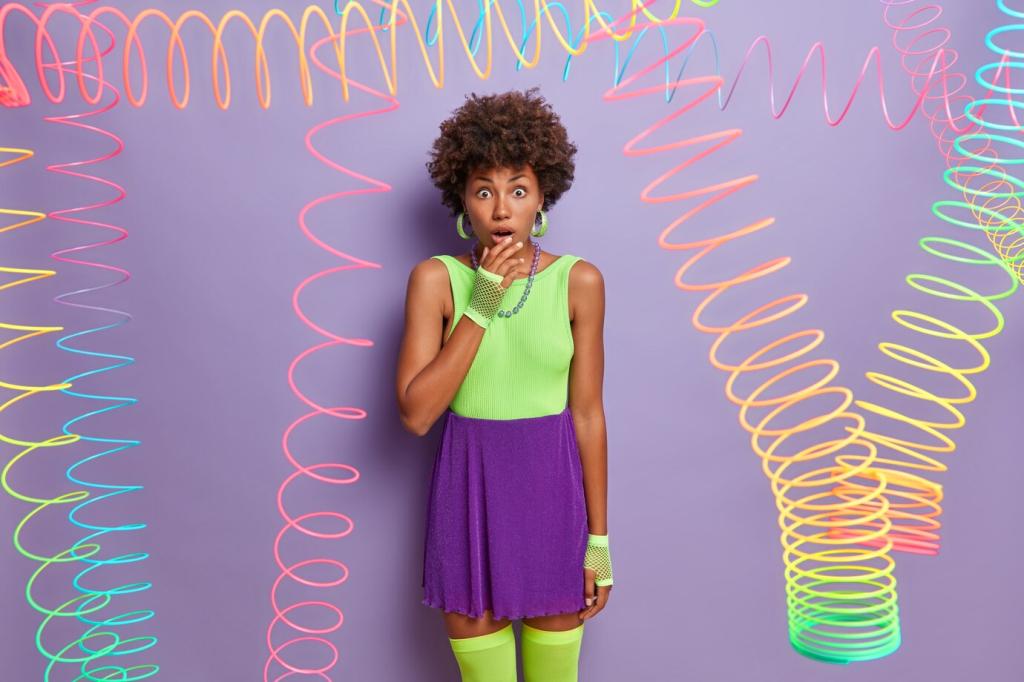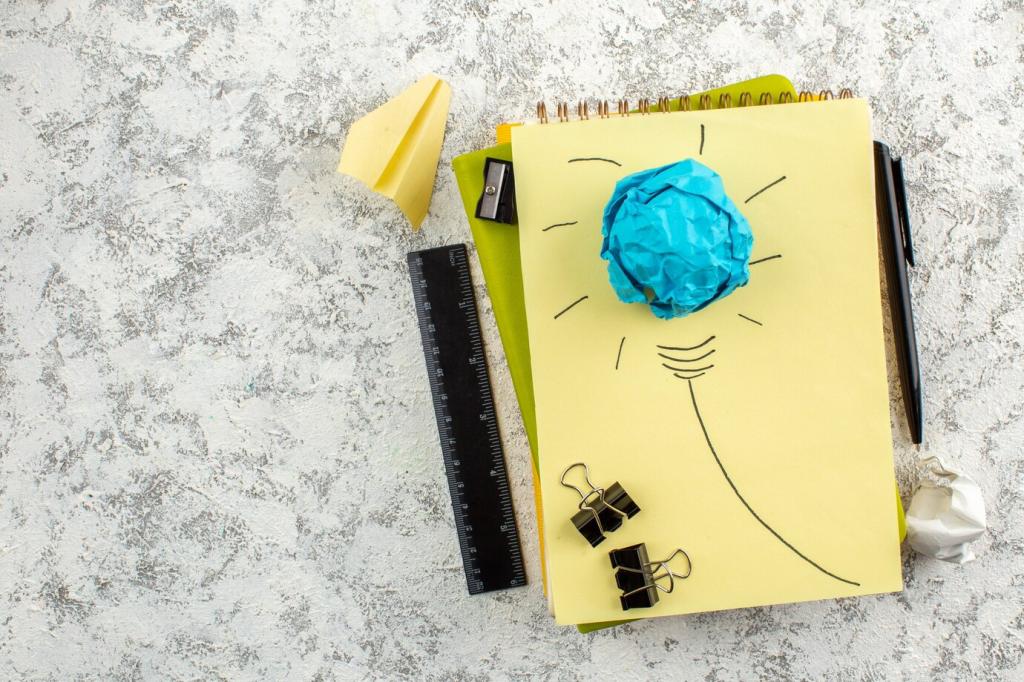Mindfulness in Sculpting: Feeling the Form
Mindfulness in sculpting is the art of engaging deeply with the creative process, focusing attention on the tactile and sensory experience of shaping materials. This holistic approach goes beyond technical skill, involving a heightened awareness of every movement, texture, and transformation. Being present with the materials not only refines the artist’s craft but also cultivates a state of calm and clarity. The practice becomes a meditative journey, where the sculptor loses the sense of time, entering a profound dialogue with the evolving form. Understanding mindfulness in sculpting opens new dimensions for creativity, allowing artists to connect with their work and themselves on a deeper level.
The Sensory Experience of Sculpture
Touch as a Bridge to Presence
Touch serves as the primary conduit between the artist’s intention and the material. With each press, pinch, or sweep, the sculptor’s hands relay information from the brain while simultaneously receiving feedback from the medium. This reciprocal relationship draws the sculptor into an immersive state of presence, where the mind is focused solely on the sensations of the moment. By letting go of expectations and judgments, the artist can fully experience the nuances of every contact, embracing imperfections as opportunities for discovery. Touch becomes not just a tool of creation but also a gateway to self-awareness, grounding the sculptor in the here and now, and fostering a deeper appreciation for the unfolding process.
Materials as Mindful Partners
Working mindfully with materials involves observing how they respond to different levels of pressure, speed, and temperature. Each material has its own language that reveals itself only through attentive exploration. For instance, clay requires a delicate balance of moisture and firmness, inviting the artist to adjust their techniques constantly. Stone, on the other hand, demands patience and respect for its stubbornness. By tuning in to the qualities of their medium, the sculptor learns to collaborate with it, rather than dominate. This mindful partnership transforms the creative act into a conversation, where the material influences the outcome as much as the artist’s vision does, forging a unique symbiotic relationship.
The Meditative Rhythm of Repetition
The repetitive motions inherent in sculpting, such as kneading, smoothing, or chiseling, create a rhythm that can lull the mind into a state of deep concentration. These actions, performed with full awareness, become meditative rituals that center the artist’s attention and regulate their breath. Over time, the body acquires a muscle memory that frees the mind from overthinking, allowing intuition to guide creativity. This repetition provides an anchor for mindfulness, facilitating a flow state where distractions fade and only the act of sculpting remains. The meditative rhythm strengthens the bond between the sculptor and their creation, producing works imbued with intentionality and presence.

Breath Awareness While Creating
Breath is a natural anchor for attention, gently guiding the sculptor back to the present when distractions arise. By synchronizing movements with the rhythm of inhalation and exhalation, the artist can maintain steady energy and composure throughout a session. Mindful breathing calms the nervous system, helping to release tension and anxiety that may inhibit creativity. It also fosters a sense of spaciousness within the mind, allowing fresh ideas to emerge without force. Whether shaping a delicate curve or carving a bold line, returning to the breath keeps the sculptor connected to both their physical process and their inner sense of balance, enriching the quality of their work.

Grounding Before and During the Process
Grounding techniques involve anchoring oneself physically and mentally before initiating creative work, as well as returning to that grounded state whenever focus wavers. This may include standing firmly with feet rooted to the floor, feeling the weight of the body supported by gravity, and becoming aware of the studio environment. By establishing a tangible connection to the physical world, the sculptor minimizes feelings of restlessness or overwhelm. Grounding also enhances the sense of stability and safety, making it easier to take creative risks. Throughout the sculpting process, brief pauses to check in with bodily sensations can restore concentration and align the mind with the hands once again.

Pausing to Observe and Reflect
Integrating intentional pauses throughout a sculpting session allows the artist to reassess their progress and intention. These moments of stillness create space for objective observation, free from the urge to correct or judge. By stepping back and viewing the work from different angles, the sculptor gains fresh perspective and insight into the form’s development. Pausing also encourages reflection on emotional and creative responses, highlighting patterns of thought or behavior that may be influencing the piece. This practice of observation and reflection strengthens self-awareness, guiding the artist to make conscious choices that align with their vision and values.
Embracing Frustration as a Teacher
Challenges and setbacks are inevitable in the sculpting process, whether due to technical difficulties, failed experiments, or blocked inspiration. Rather than resisting frustration, mindfulness encourages the sculptor to meet it with curiosity and compassion. Frustration becomes a signal to pause, breathe, and investigate what is truly arising—be it perfectionism, fear, or fatigue. In examining these feelings openly, the artist can discern lessons that inform their practice and personal development. Over time, what once appeared as obstacles become opportunities to build patience, adaptability, and self-compassion, enriching the sculptor’s artistry and resilience.
Cultivating Joy Through Creation
Moments of joy in sculpting often arise unexpectedly—a successful breakthrough, a pleasing texture, or the simple pleasure of hands in motion. Mindfulness magnifies these experiences by bringing full attention to the sensations and emotions that accompany creative flow. The sculptor learns to savor each moment, appreciating the beauty of the process itself rather than fixating on the outcome. This cultivated joy becomes a wellspring of motivation and inspiration, infusing the artwork with a sense of playfulness and vitality. By celebrating small victories and delightful discoveries, the artist nurtures a positive relationship with their craft, sustaining enthusiasm and creative momentum.
Accepting Impermanence and Letting Go
Sculpting, by its nature, often involves change, loss, and reconstruction. Successive phases of building, refining, or even starting over are part of the creative cycle. Mindfulness teaches the artist to accept this impermanence, recognizing that each iteration brings growth and understanding. Letting go of attachment to a specific result or ideal frees the sculptor to take risks and remain open to new possibilities. Embracing impermanence as an integral part of creativity fosters a sense of peace, allowing the artistic journey to unfold with ease and curiosity. The ability to release what no longer serves opens space for innovation and authentic expression.
